Cats, with their enigmatic behaviors and mysterious nocturnal activities, have always fascinated humans. One intriguing question cat owners and researchers alike have pondered is whether cats dream. To explore this, we need to delve into the sleep patterns of felines and uncover the mysteries of their slumber.
Understanding Cat Sleep: The Basics

On average, domestic cats sleep anywhere from 12 to 16 hours a day, with some napping up to 20 hours. This propensity for long naps is a trait they inherited from their ancestors, who needed to conserve energy for hunting. But what happens during this extensive sleep period? Is it just a time for rest, or is it more complex?
The Science of Sleep: REM and Non-REM Stages
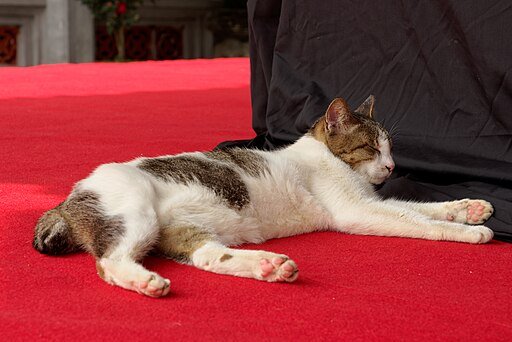
Like humans, cats experience several stages of sleep, primarily divided into REM (Rapid Eye Movement) and non-REM sleep. Non-REM sleep is when the body repairs itself and grows, while REM sleep is when the most vivid dreaming occurs. The rapid eye movement phase is crucial for processing memories and learning, indicating that if cats can enter REM sleep, they can likely dream.
Observing REM Sleep in Cats
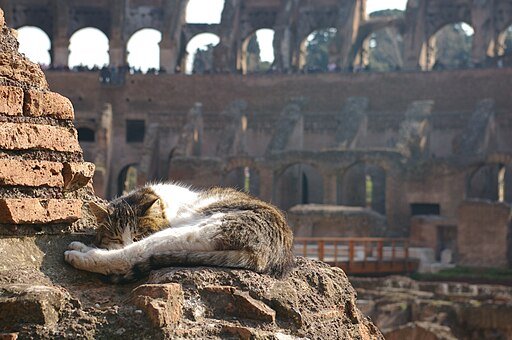
Studies have shown that cats do indeed enter REM sleep. During this phase, you might notice twitching of the whiskers, paws, and tail, as well as movement under closed eyelids. These physical signs suggest brain activity similar to that in humans during dream states, supporting the idea that cats dream.
What Do Cats Dream About?
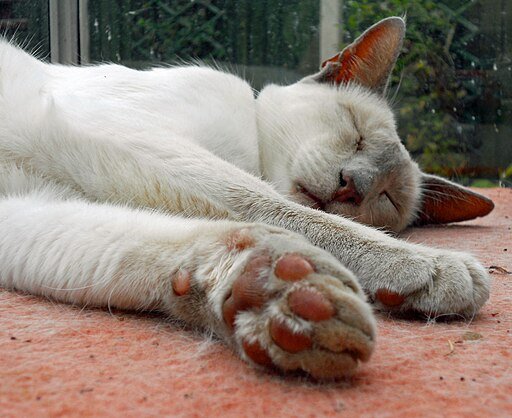
While we cannot say for certain what cats dream about, it’s logical to assume their dreams may involve experiences from their daily lives, such as chasing prey, interacting with other animals, or exploring their environment. Given their keen senses, cats might even dream more vividly than humans.
The Role of Dreaming in Feline Memory and Learning
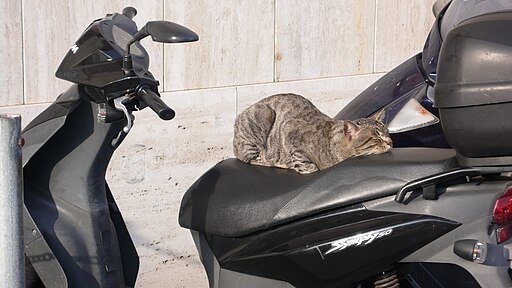
Dreaming likely plays a significant role in processing experiences and information. For cats, this could mean reinforcing hunting skills or familiarizing themselves with new environments. This process might help young kittens, in particular, to hone their instincts and learn essential survival skills safely.
Comparing Feline Dreams to Other Animals
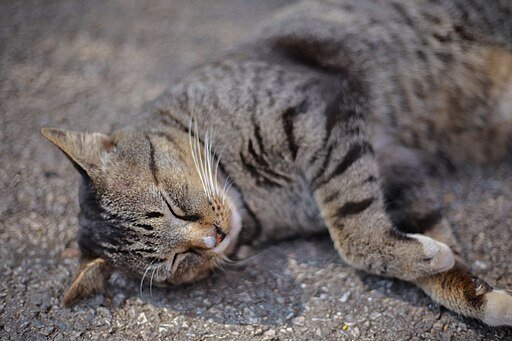
Cats are not unique in their dreaming capabilities. Many mammals, including dogs, mice, and even some birds, experience REM sleep, suggesting that dreaming is more common across species than previously thought. This ability is tied to a complex nervous system and a degree of intelligence that supports memory processing.
Do Cats Have Nightmares?
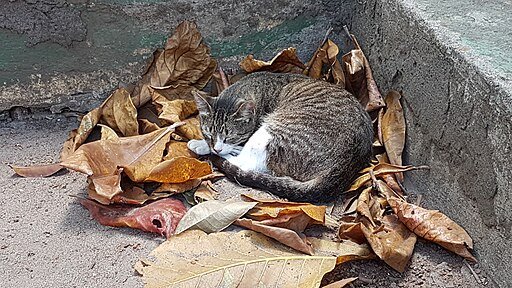
Just as cats may experience pleasant dreams, they might also have nightmares. Indicators of a bad dream could include sudden, startled wakefulness, growling, or defensive behaviors upon waking. Understanding this can help cat owners provide comfort and reassurance to their pets.
Age and Its Impact on Cat Sleep
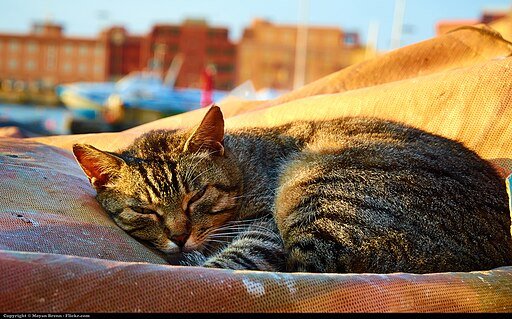
The sleep patterns of cats can change with age. Kittens need more sleep as their bodies and brains are developing rapidly, likely resulting in more frequent dreaming. Older cats, however, may experience changes in sleep quality and quantity, with possible reductions in REM sleep.
Conclusion: The Mystery of Feline Dreams
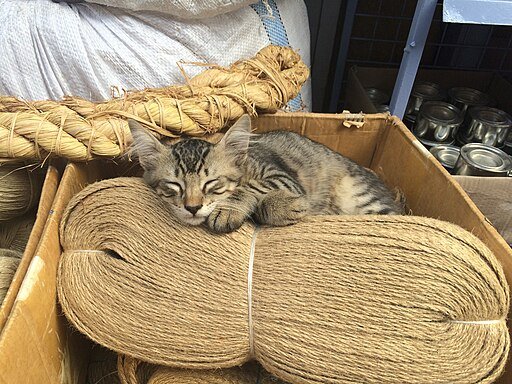
While we may never fully comprehend the exact nature of feline dreams, the evidence supports the notion that cats, like humans, experience dream states. By understanding their sleep and the potential for dreams, we can better appreciate our feline companions and provide environments that support their well-being. The next time you see your cat snoozing contentedly, remember: they might just be exploring exciting adventures in their dream world.






